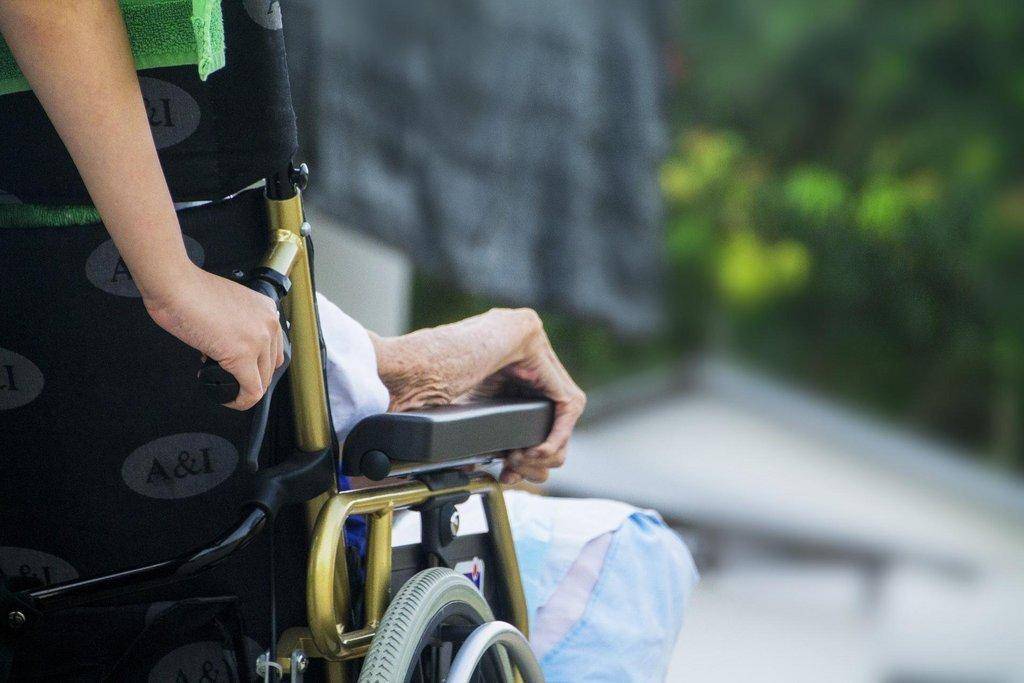Dear Savvy Senior,
Where can I turn to find a good Medicare covered hospice provider? My husband’s mother has a terminal condition and wants to die at home, if possible, so I’m helping out where I can.
Sad Sandy
Dear Sandy,
Hospice is a wonderful option in the last months of life because it offers a variety of services, not only to those who are dying, but also to those left behind. Here’s what you should know about hospice care, along with some tips to help you choose one.
Understanding Hospice
Hospice care is a unique service that provides medical care, pain management, and emotional and spiritual support to people who are in the last stages of a terminal illness – it does not speed up or slow down the process of dying. Hospice’s goal is to simply keep the patient as comfortable and pain-free as possible with loved ones nearby until death.
The various services provided by a hospice program comes from a team of professionals that works together to accommodate all the patients’ end-of-life needs.
The team typically includes hospice doctors that will work with the primary physician and family members to draft up a care plan; nurses who dispense medication for pain control; home care aids that attend to personal needs like eating and bathing; social workers who help the patient and the family prepare for end of life; clergy members who provide spiritual counseling, if desired; and volunteers that fill a variety of niches, from sitting with the patient to helping clean and maintain their property.
Some hospices even offer massage or music therapy, and nearly all provide bereavement services for relatives and short-term inpatient respite care to give family caregivers a break.
Most hospice patients receive care in their own home. However, hospice will go wherever the patient is – hospital, nursing home or assisted living residence. Some even have their own facility to use as an option.
To receive hospice, your mother-in-law must get a referral from her physician stating that her life expectancy is six months or less.
It’s also important to know that home-based hospice care does not mean that a hospice nurse or volunteer is in the home 24 hours per day. Services are based on need and/or what you request. Hospice care can also be stopped at any time if your mother-in-law’s health improves or if she decides to re-enter cure-oriented treatments.
How to Choose
The best time to prepare for hospice and consider your options is before it’s necessary, so you’re not making decisions during a stressful time. There are more than 4,300 hospice care agencies in the U.S., so depending on where you live, you may have several options from which to choose.
To locate a good hospice in your area, ask your mother-in-law’s doctor or the discharge planner at your local hospital for a referral, or you can search online at Medicare.gov/care-compare, which provides lists and ratings of hospice providers in your area.
When choosing, look for an established hospice that has been operating for a few years and one that is certified by Medicare. To help you select one, the National Hospice and Palliative Care Organization offers a worksheet of questions to ask CaringInfo.org.
Medicare Coverage
Medicare covers all aspects of hospice care and services for its beneficiaries. There is no deductible for hospice services although there may be a very small co-payment – such as $5 for each prescription drug for pain and symptom control, or a 5 percent share for inpatient respite care. Medicaid also covers hospice in most states, as do most private health insurance plans.
For more information, see the “Medicare Hospice Benefits” online booklet at Medicare.gov/pubs/pdf/02154-medicare-hospice-benefits.pdf.
Send your senior questions to: Savvy Senior, P.O. Box 5443, Norman, OK 73070, or visit SavvySenior.org. Jim Miller is a contributor to the NBC Today show and author of “The Savvy Senior” book.

